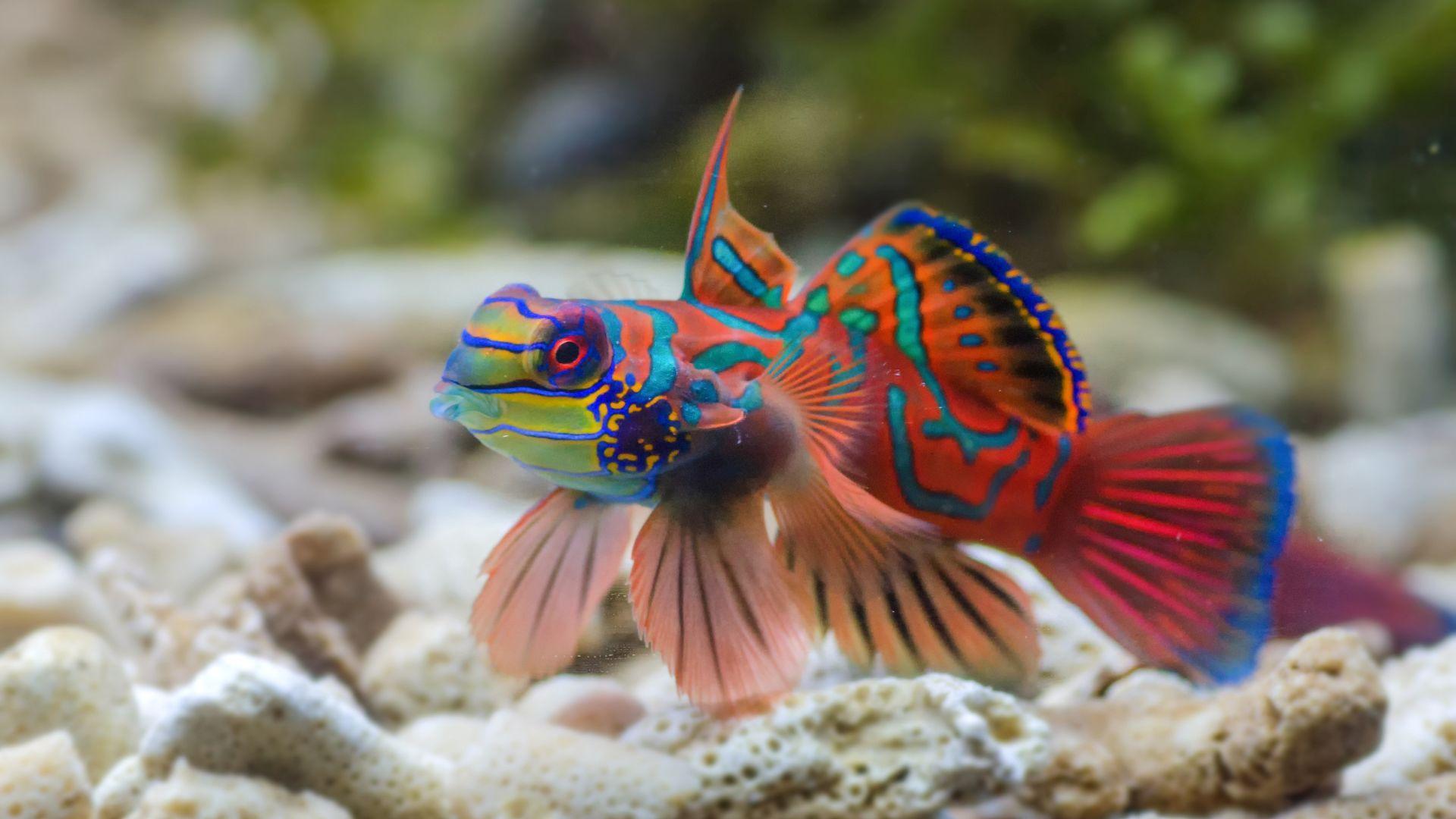Nature is wondrous in many ways and we are discovering more and more of the Earth’s many fascinating aspects every day. While humans get a little upset and chilly if they forget to bring a sweatshirt with them on a cool summer night, there are some wondrous animals that can survive even the harshest of conditions.
You’ll never believe how these animals are able to withstand the drastic weather and landscape they are faced with every single day!
1. Giant Spider Crab

These huge crustaceans are found on the seafloor. Their legs are extremely long, reaching up to 12 feet in height. It is able to survive from predators by using camouflage to blend into the rocky ground.
Additionally, it uses its long legs to grab different organisms from the seafloor and attach them to its shell, allowing it to blend in even more with its surroundings. Their shells are thick and secure, granting them the ability to move around the ocean and withstand drastic changes in pressure as they go about their movement.
2. Saharan Silver Ant
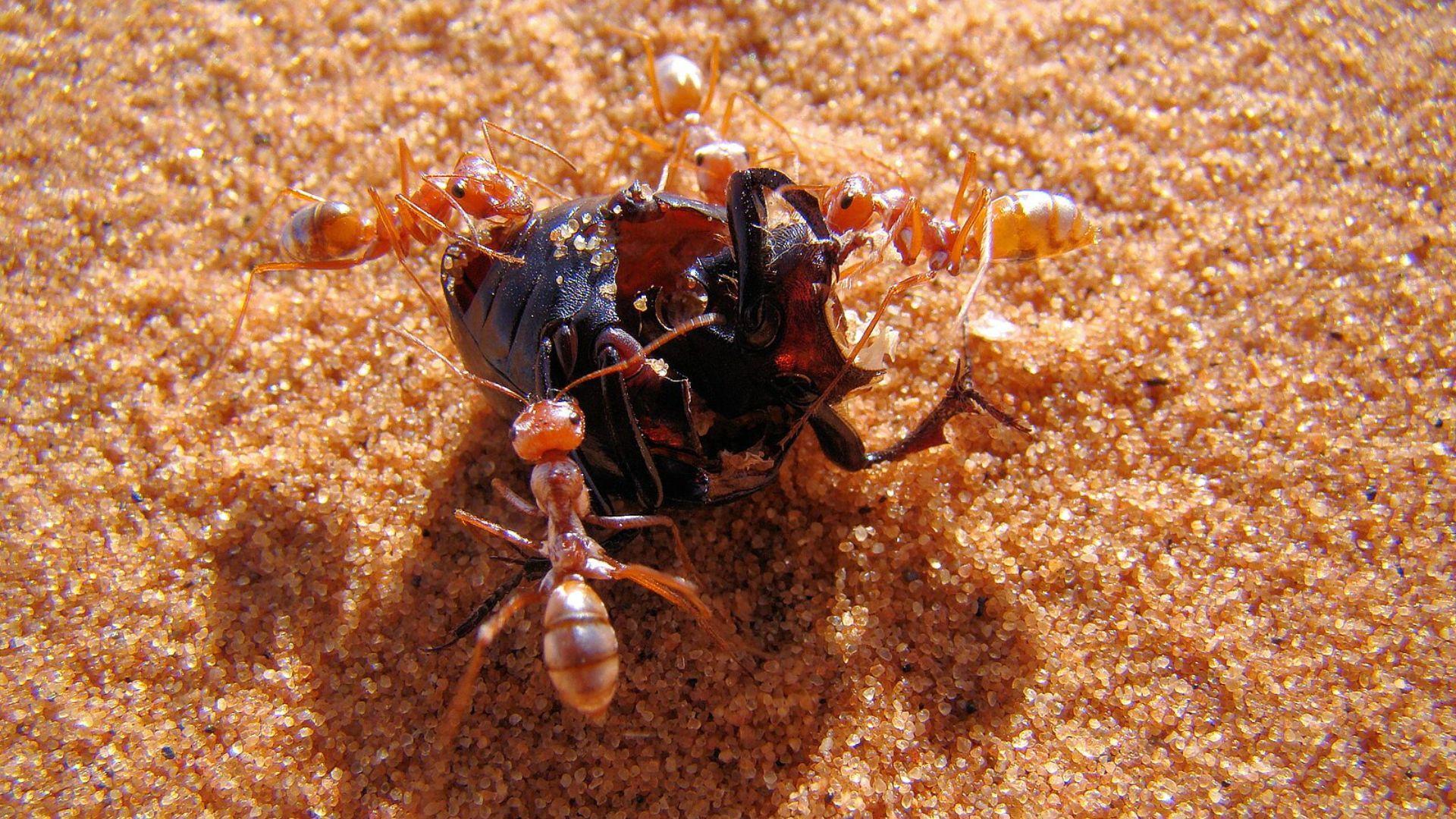
Living in the Sahara Desert, this species of ant has gotten used to being in extreme heat over 50°C (122°F). Because of the incredibly hot weather, the ants only leave their nest for approximately ten minutes each day. They only have a short period of time to find food before they are harmed by the dire heat or found by an ant-eating lizard.
One of their main traits that allows them optimal survival is their long legs. This makes the saharan silver ant the fastest type of ant to exist as they scurry around the desert before returning to the safety of their cool nest.
3. Naked Mole Rat
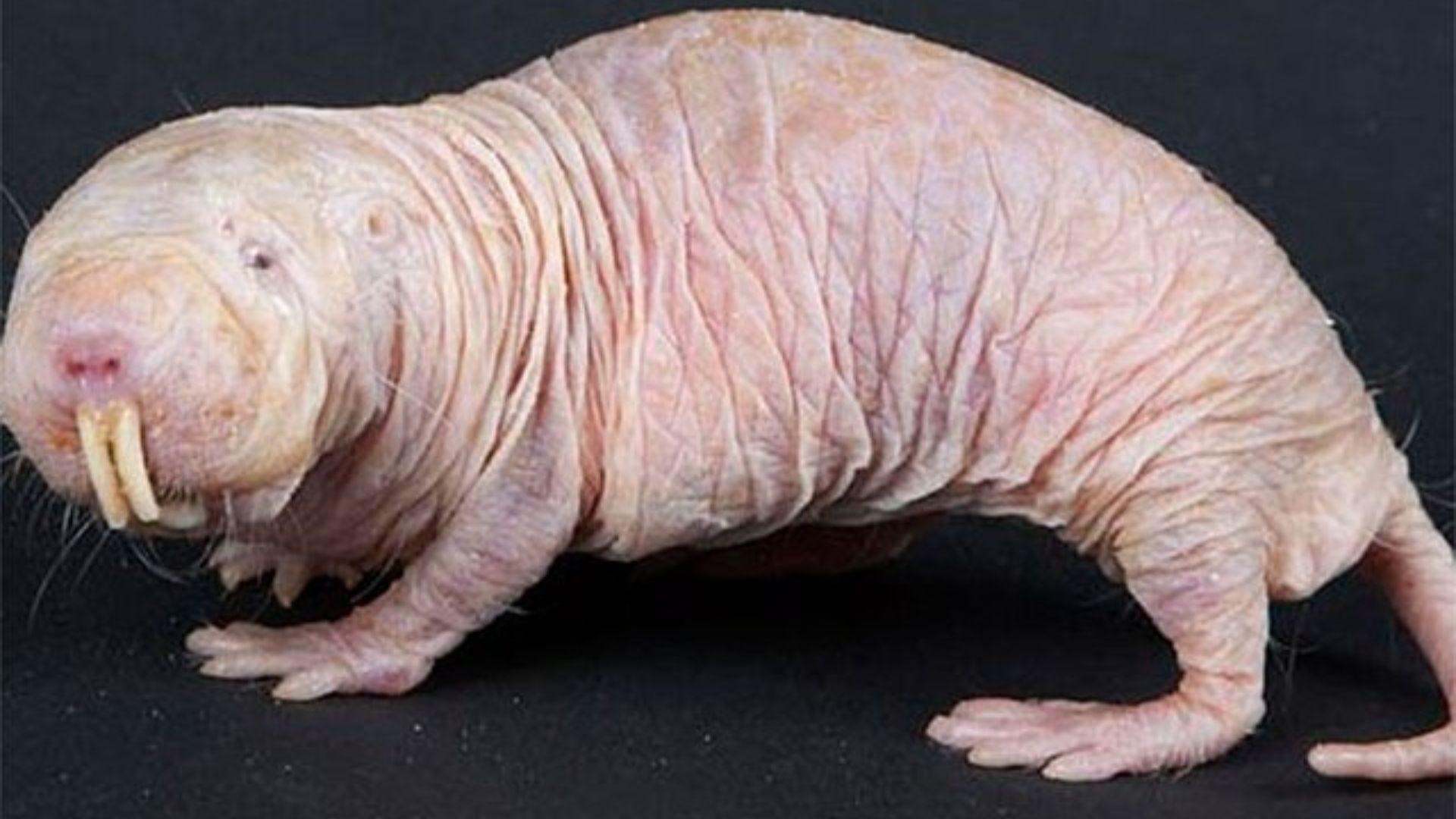
Because naked mole rats spend lots of time together in underground colonies, the lack of oxygen and increased levels of oxygen present in their habitat makes it more difficult for them to survive.
However, they have adapted to these circumstances through reduced organ activity such as lower heart rate and brain function. These functions being decreased takes up less energy. They also regulate their body temperature in a cold blooded way, making them one of the only mammals to do so.
4. Vampire Squid
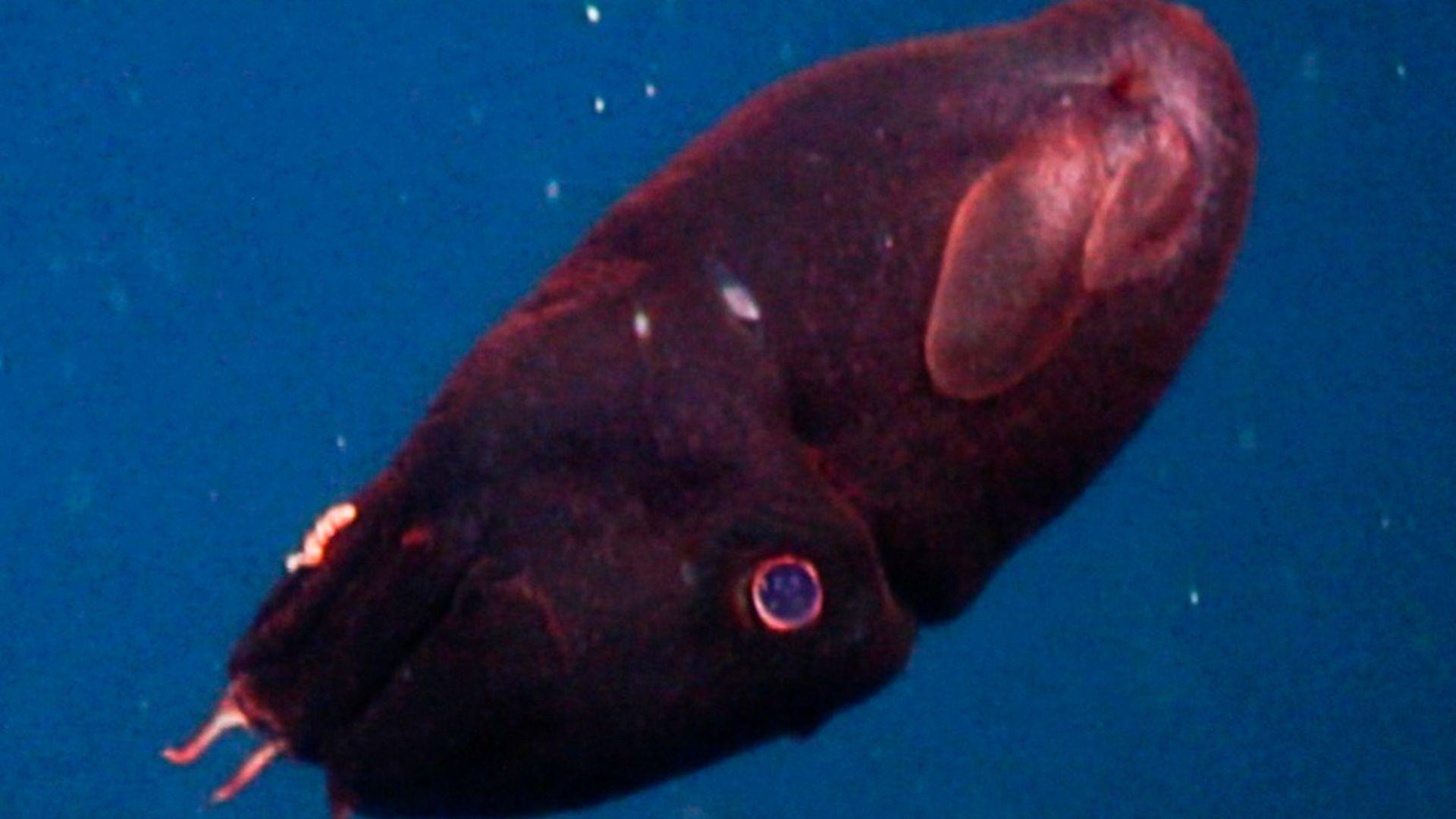
Found at the deepest depths of the ocean, the vampire squid resides. This creature can live at severely cold temperatures with very little oxygen. It is able to do so through its ability to metabolize oxygen efficiently through the use of its bioluminescent organs.
One of the vampire squid’s most amazing features is its large eyes, giving it the capability of seeing small bioluminescent organisms at far distances.
5. Cactus Mouse
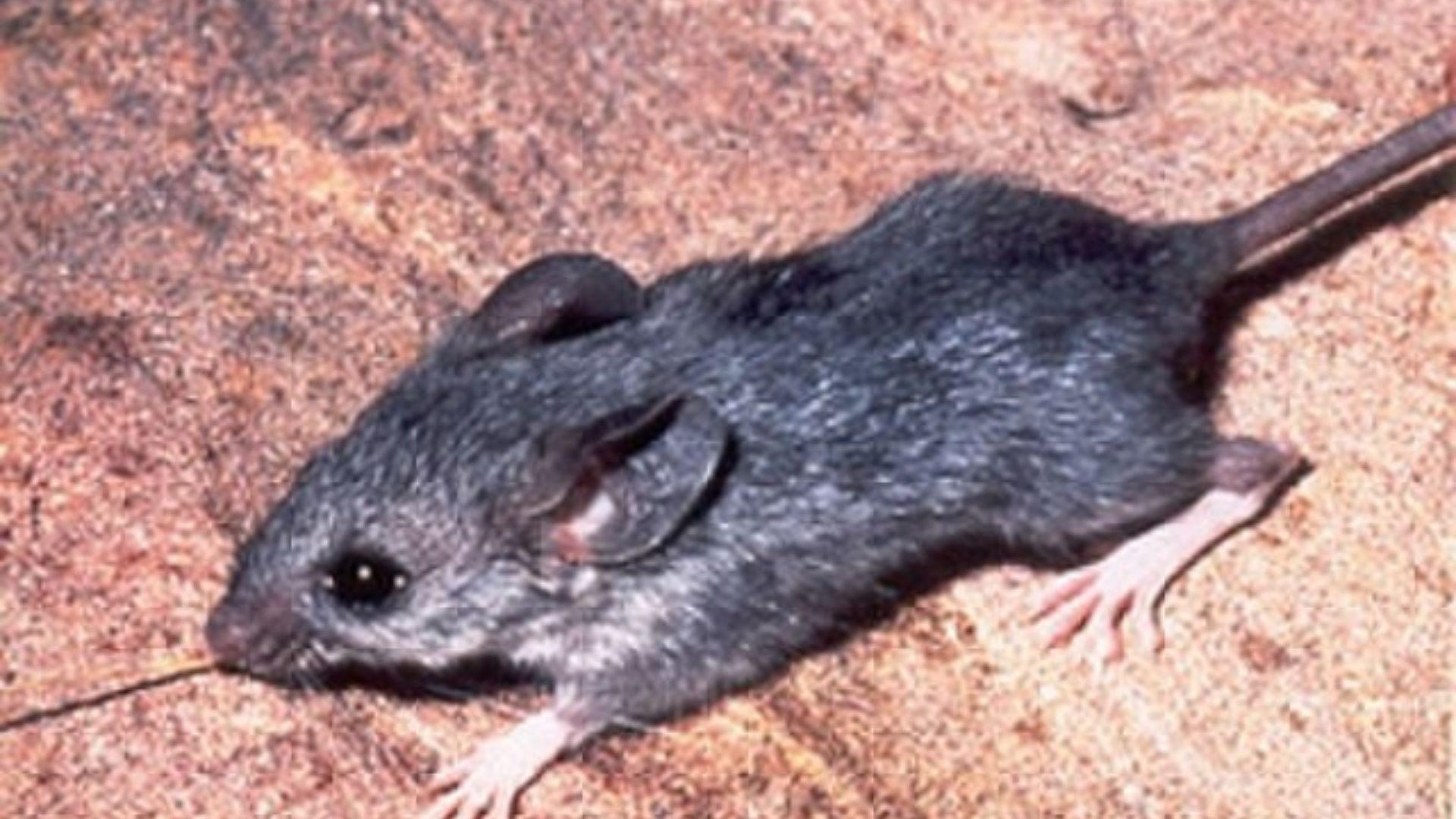
This name belongs to a cute little furry creature that lives in, you guessed it, the desert! Deserts are arid and can make for a harder time functioning. Despite this, the cactus mice are nocturnal and therefore become active in the cooler temperatures of the nighttime.
They also are able to withhold the water from their food longer in the body, providing extra moisture to tap into throughout their lives.
6. Gila Monster
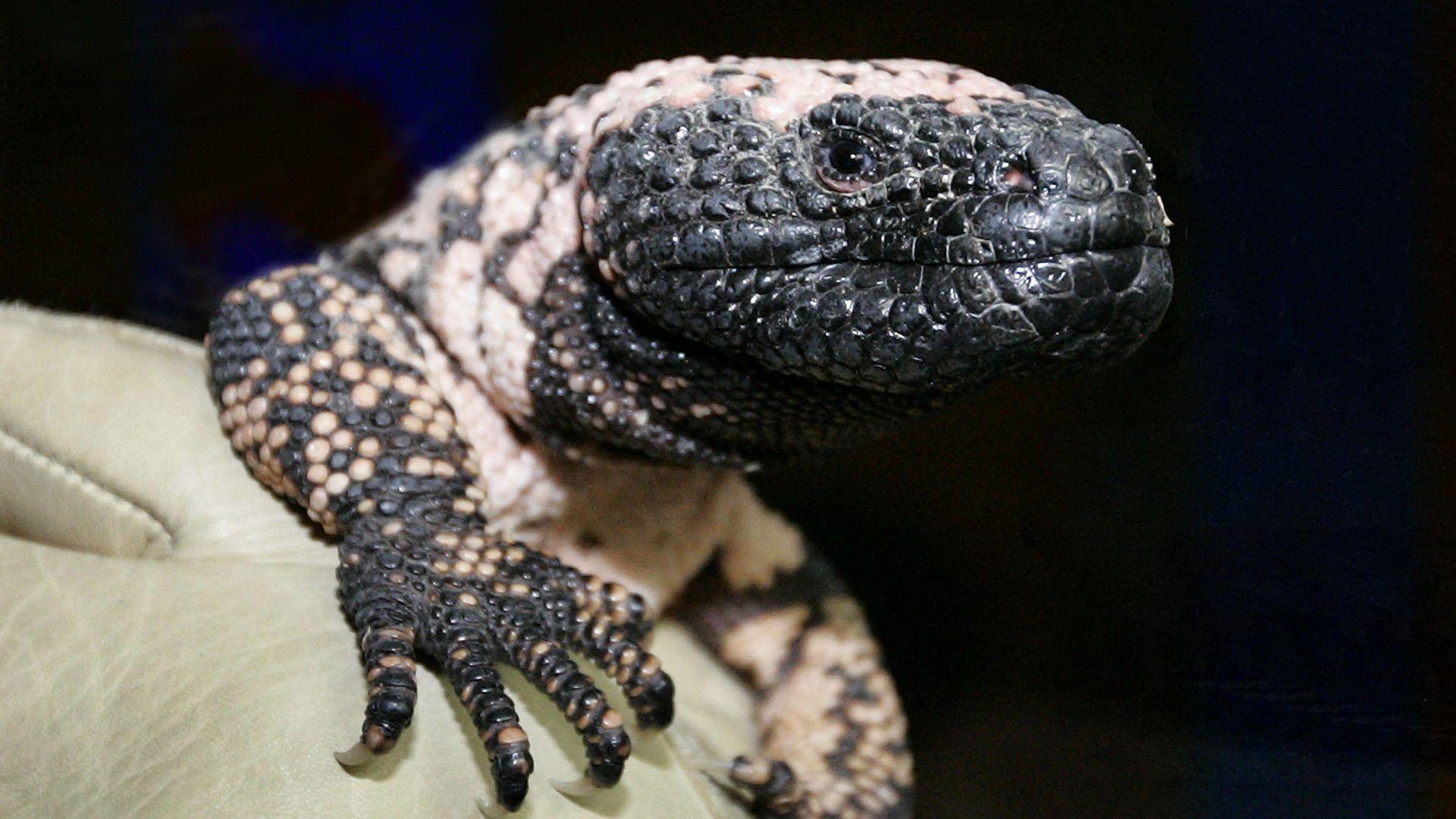
Upon hearing this name, you may wonder why this hefty lizard is called the gila monster. The species was originally found near the Gila river basin, and there were many legends and scary stories told about the animal in the past that attributed it that name.
This animal lives in dry environments in the Southwestern areas of the United States as well as Mexico. To function in these dry environments, these lizards keep extra fat in their tails for energy conservation to tap into whenever they need a boost.
7. Rock Hyrax
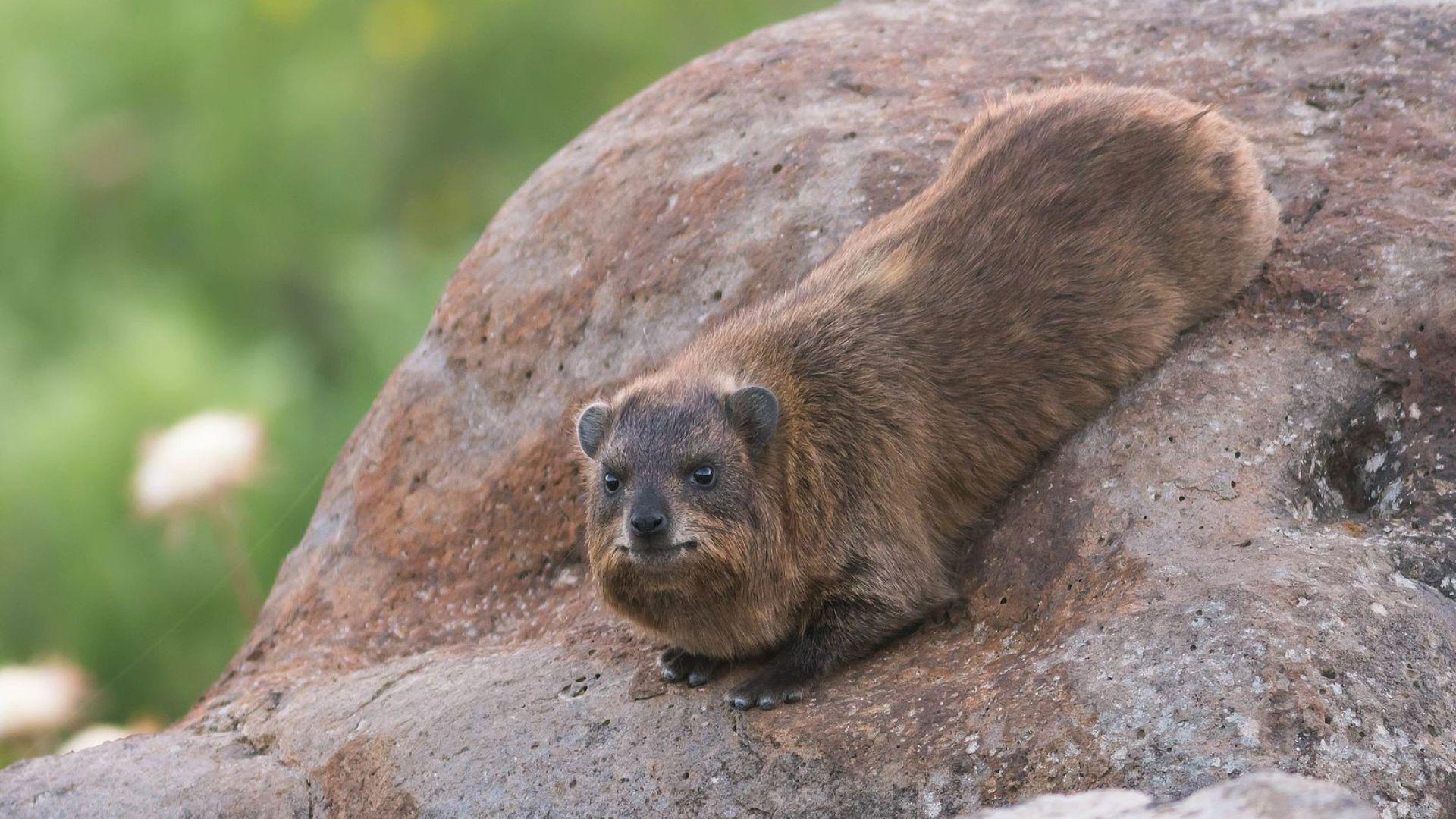
Look at that cute little face! The rock hyrax is a mammal native to the Middle East and Africa. Their organs can conserve water for long periods of time and are helpful for the direct sunlight they face in their ecosystem.
The species’ name comes from their behavior of finding living spots in big rocks with holes and crevices in them, shielding them from sunlight and providing them with spaces to gather in groups.
8. Elephant Seal
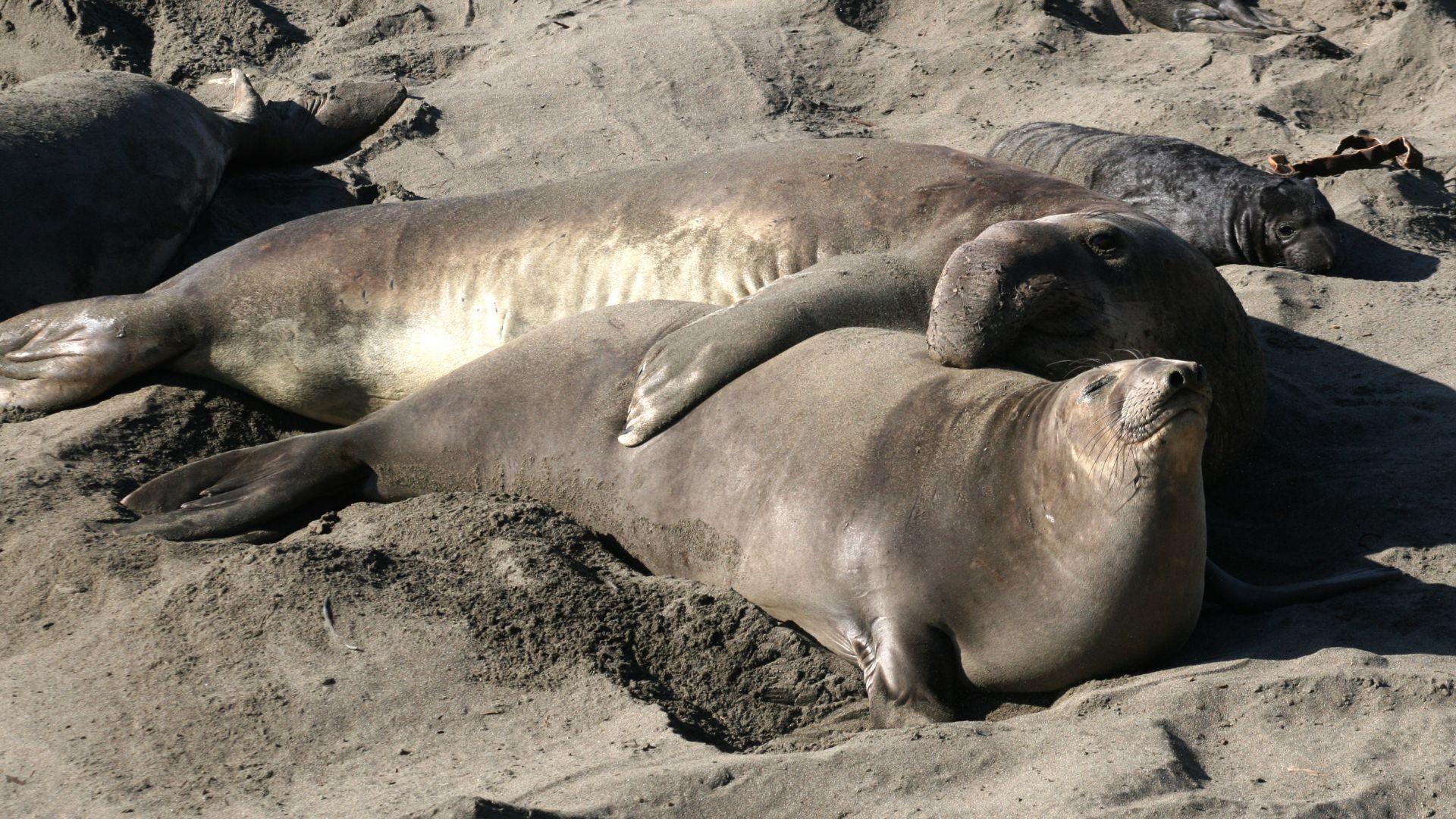
These giant seals are huge, weighing up to 4,000 kilograms (8,800 lb). Their big eyes help them see in the depths of the water when they are looking for food.
The Southern Ocean where they are found can get very cold, and they have adapted to resist these low temperatures. They have a layer of blubber around their skin that keeps them warm while underwater as well as an innate ability to locate food through their amazing hearing skills.
9. Fennec Fox

The smallest type of fox species, the fennec fox can be found in the North African deserts. Its big ears allow it to listen for prey as well as dissipate heat.
Their fur coat helps them stay cool during the day and warm at night. Lastly, its foot pads provide a layer of protection from the hot sandy floor.
10. Lemming
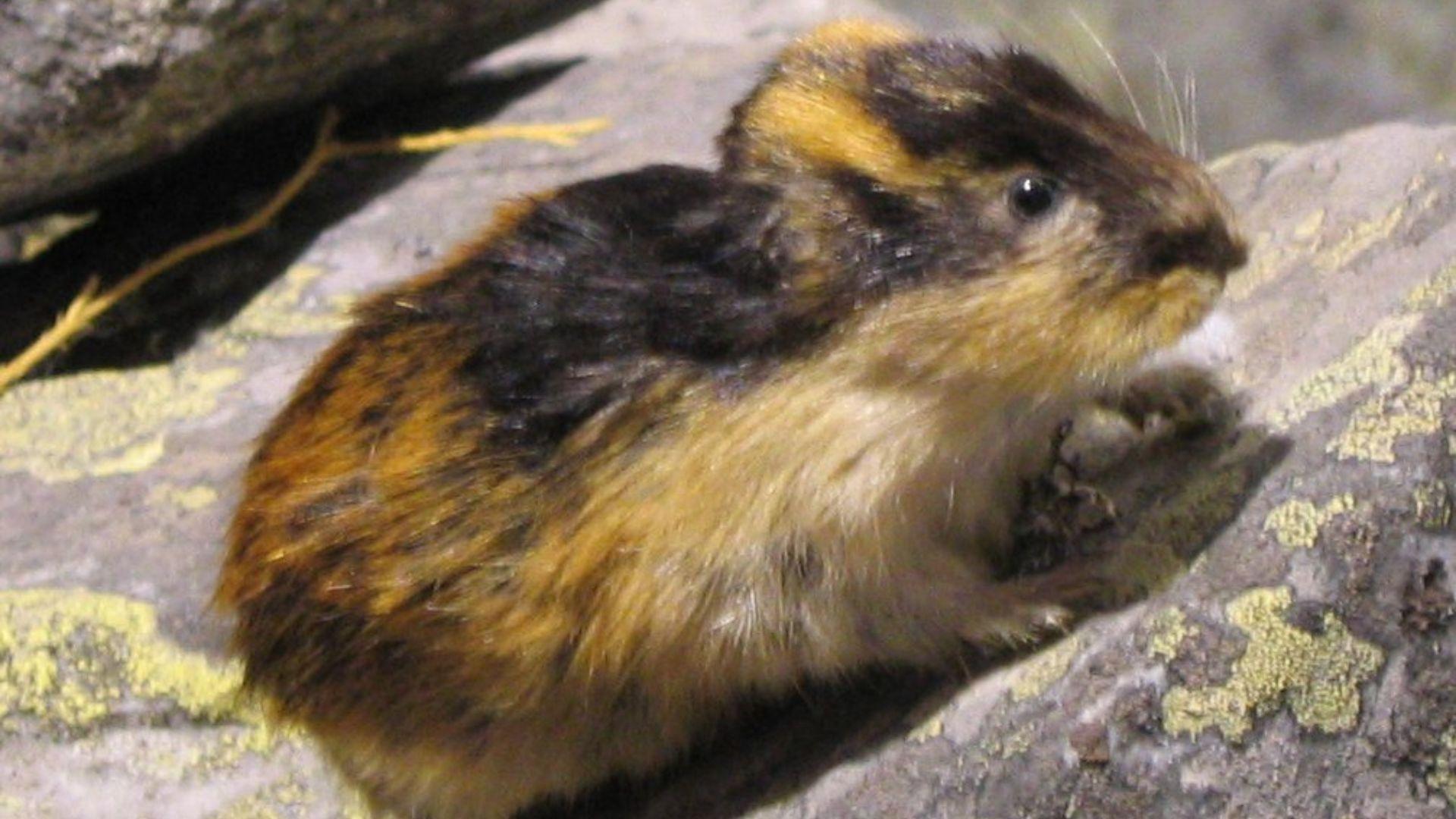
These rodents create a fascinating tunnel system under the snowy ground of the tundra to live in. The anatomy of their paws aids them in digging in the snow to create their habitats as well as searching for food in the ground.
They are herbivores that eat vegetation. Additionally, they breed a large amount in the spring season to continuously increase their population size.

